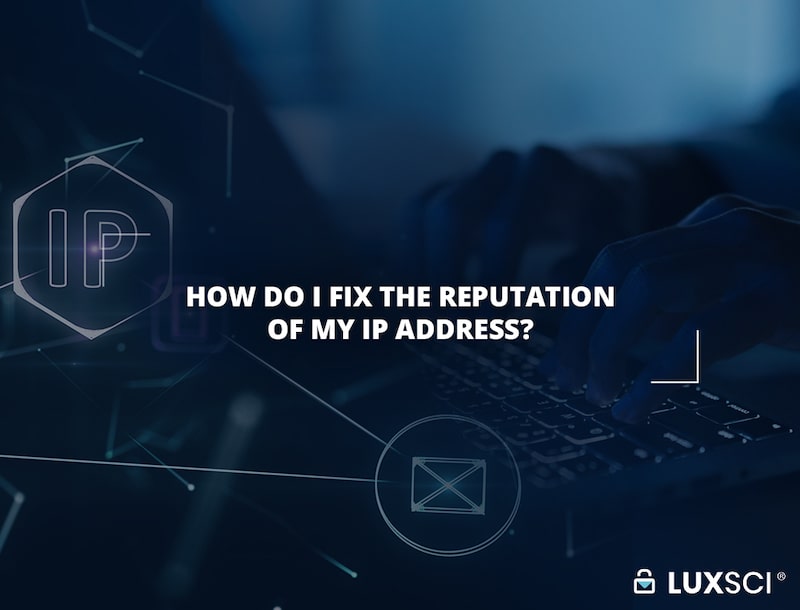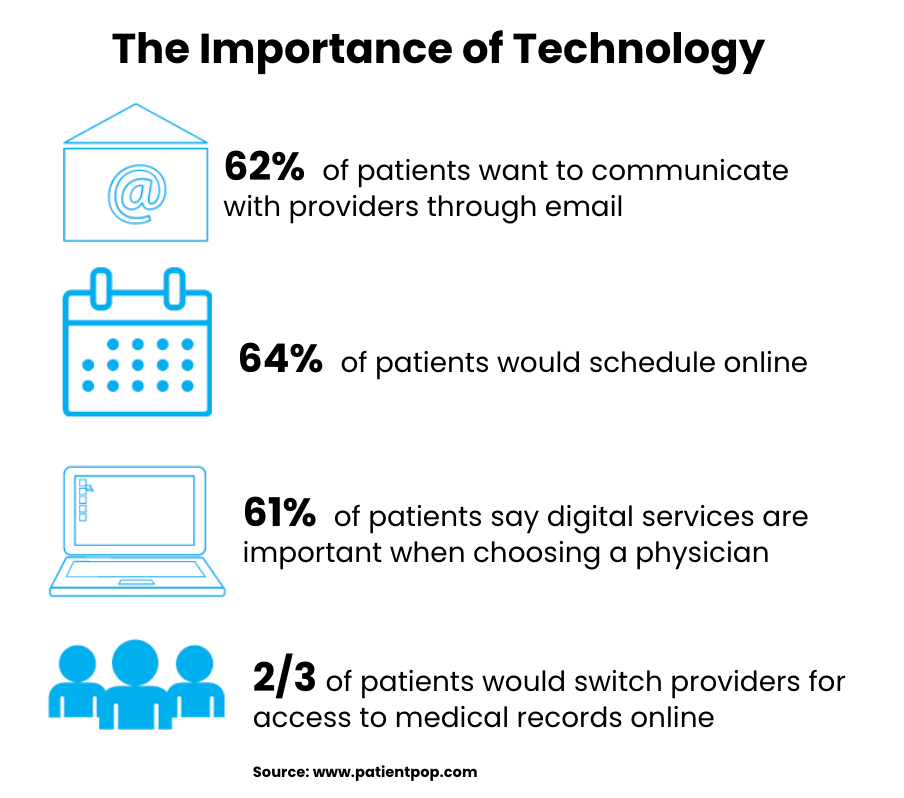Learning how to send HIPAA compliant emails requires understanding encryption standards, authentication protocols, and business associate agreements that protect patient health information during electronic transmission. Healthcare providers must implement safeguards when communicating electronically about patients, ensuring that all email communications meet HIPAA Security Rule requirements for protecting electronic protected health information. Standard consumer email services like Gmail or Outlook cannot guarantee the security measures necessary for healthcare communications, making specialized secure email platforms essential for organizations handling patient data.
Encryption Requirements for Healthcare Email
End-to-end encryption is the foundation for secure healthcare email communications, protecting patient information from unauthorized access during transmission and storage. Healthcare organizations learning how to send HIPAA compliant emails need email systems that encrypt messages using Advanced Encryption Standard (AES) 256-bit encryption or equivalent security protocols before sending communications across public internet networks. The encryption process must protect both the email content and any attachments containing protected health information, ensuring that even if messages are intercepted, the patient data remains unreadable to unauthorized parties.
Message encryption should activate automatically for all healthcare communications rather than requiring manual activation by individual users. This automatic encryption prevents inadvertent transmission of unprotected patient information when staff members forget to activate security features manually. Healthcare email systems also need secure key management protocols that protect encryption keys from unauthorized access while ensuring that legitimate recipients can decrypt and read necessary patient communications.
Transport layer security protocols provide protection during email transmission, creating secure connections between email servers and preventing message interception during delivery. Healthcare organizations should verify that their email providers use TLS 1.2 or higher encryption standards for all message transmissions. Certificate-based authentication adds another security layer by verifying the identity of email recipients before allowing message delivery, preventing misdirected emails containing patient information from reaching incorrect recipients.
Authentication and Access Controls
Multi-factor authentication is a security requirement for healthcare email systems, ensuring that only authorized users can access accounts containing patient communications. Healthcare staff need to provide at least two forms of identification before accessing secure email accounts, combining passwords with mobile device codes, biometric verification, or hardware security tokens. This authentication process protects against unauthorized account access even if passwords are compromised through data breaches or social engineering attacks.
User access controls must reflect the principle of least privilege, granting healthcare staff access only to email communications necessary for their job functions. Physicians need different access levels compared to administrative staff, with role-based permissions preventing unauthorized viewing of patient information outside individual staff members’ care responsibilities. Email systems should maintain detailed audit logs tracking who accesses patient communications, when access occurs, and what actions users perform with protected health information.
Automatic session timeouts provide security by logging users out of email systems after predetermined periods of inactivity. These timeouts prevent unauthorized access when staff members step away from their workstations without properly securing their accounts. Password complexity requirements and password updates strengthen authentication security, though healthcare organizations must balance security requirements with usability to prevent staff from circumventing security measures due to overly complex requirements.
Session management protocols should track concurrent login attempts and prevent multiple simultaneous access sessions for individual user accounts. This monitoring helps detect potential account compromises when unusual access patterns occur, such as logins from multiple geographic locations within short time periods. Email systems need clear protocols for immediately revoking access when staff members leave the organization or when security breaches are detected.
Business Associate Agreements and Compliance
Healthcare organizations must establish comprehensive business associate agreements with their email service providers before transmitting any patient information through electronic communications. These legal agreements define the responsibilities and obligations of both parties regarding protected health information, specifying how the email provider will protect patient data, what uses and disclosures are permitted, and how security incidents will be reported to the healthcare organization. The agreements must cover encryption requirements, data retention policies, and procedures for returning or destroying patient information when business relationships end.
Vendor due diligence processes help healthcare organizations evaluate email service providers to ensure they understand how to send HIPAA compliant emails while meeting all regulatory requirements. This evaluation includes reviewing security certifications, examining data center facilities and security controls, and verifying the provider’s experience with healthcare industry regulations. Healthcare organizations should require proof of cyber liability insurance, incident response capabilities, and security auditing from their email service providers.
Compliance monitoring requires healthcare organizations to conduct periodic assessments of their email security measures and vendor performance. These assessments verify that encryption standards remain current, access controls function properly, and audit logging captures all necessary security events. Healthcare organizations must maintain documentation demonstrating their compliance efforts, including training records, security policies, and incident response procedures related to email communications.
Risk assessments help identify potential vulnerabilities in email security systems and guide updates to security measures as threats evolve. Healthcare organizations should review their email compliance programs annually or whenever changes occur to their operations, technology systems, or regulatory requirements. Documentation of these assessments provides evidence of due diligence in protecting patient information during regulatory audits or security investigations.
Implementation Best Practices
Staff training programs must educate healthcare workers about proper email security practices and when it is appropriate to include patient information in electronic communications. Healthcare staff learning how to send HIPAA compliant emails need clear guidelines about what patient information can be discussed via email versus what requires telephone calls or in-person meetings. Training should cover how to recognize secure email platforms, how to verify recipient identities before sending patient information, and what types of patient data require protection beyond standard email security measures.
Email policy development requires healthcare organizations to establish clear protocols governing patient communication via electronic means. These policies should specify which staff members can send patient information via email, what approval processes are required for sharing sensitive patient data, and how to handle requests from patients who want to receive their health information via email. Policies must also cover how to respond when staff accidentally send patient information to incorrect recipients or when security breaches involving email communications occur.
Testing procedures should verify that email security measures function correctly before implementing systems organization-wide. Healthcare organizations learning how to send HIPAA compliant emails need to conduct penetration testing of their email security systems, verify that encryption activates properly, and confirm that access controls prevent unauthorized viewing of patient information. Testing schedules help identify security vulnerabilities before they can be exploited by malicious actors.
Incident response planning prepares healthcare organizations to handle security breaches involving email communications containing patient information. Response plans should include procedures for containing security incidents, assessing the scope of potential patient information exposure, and notifying affected patients and regulatory authorities when breaches occur. Healthcare organizations must practice their incident response procedures to ensure staff can respond effectively during actual security emergencies.
Patient Communication Considerations
Patient consent requirements vary depending on the type of health information being transmitted and the communication method requested by patients. While healthcare providers can generally communicate with patients about treatment, payment, and healthcare operations without authorization, organizations should obtain written consent before sending detailed medical information via email. Consent forms should explain the security measures in place while acknowledging that email communication carries inherent privacy risks despite protective measures.
Email content guidelines help healthcare staff understand what patient information is appropriate for electronic transmission versus what requires more secure communication methods. Those mastering how to send HIPAA compliant emails recognize that laboratory results, medication changes, andappointment reminders may be suitable for secure email communication, while detailed psychiatric notes, HIV test results, or substance abuse treatment information may require protections or alternative communication methods. Staff need clear decision-making frameworks for evaluating the appropriateness of email communication for different types of patient information.
Alternative communication methods should remain available for patients who prefer not to receive health information via email or who lack secure email access. Understanding how to send HIPAA compliant emails includes recognizing when alternative methods like telephone calls, patient portals, and postal mail provide more appropriate secure alternatives for patient communication while ensuring that lack of email access does not create barriers to necessary healthcare information sharing. Healthcare organizations must accommodate patient preferences while maintaining appropriate security measures for all communication methods.














